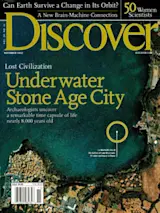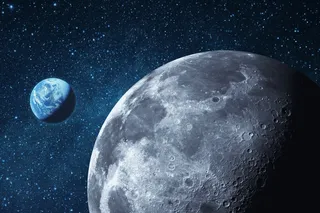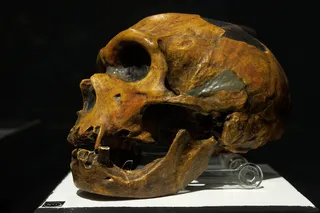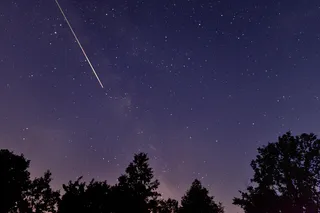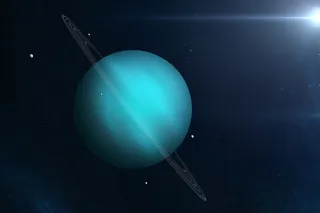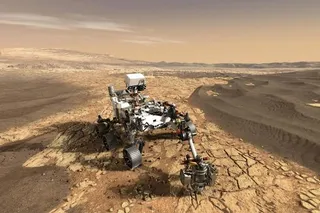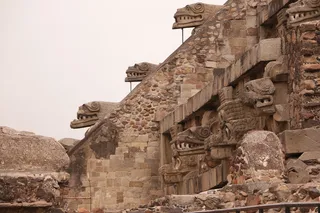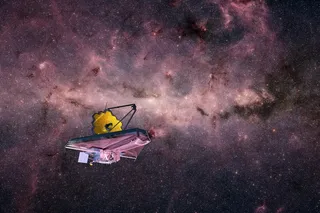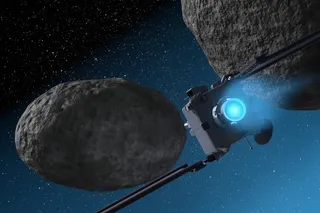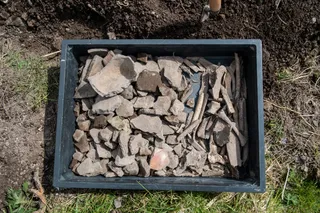Institute and Museum of the History of Science Florence, Italy
On the north bank of the Arno River in Florence, in a small, second-story room in a building more than eight centuries old, is an object that can send shivers down your spine, even on a warm Tuscan morning. Not shivers of fear but of amazement. It is a small thing, not much larger than a half-dollar coin, yet it changed the world: the lens from Galileo's first telescope. Through it Galileo saw the moons of Jupiter, the phases of Venus, the mountains and valleys of Earth's moon; he discovered that the Milky Way consists of innumerable stars. No one who put an eye to this small piece of glass could doubt that Earth had been displaced from the center of creation. The lens is one of the crown jewels of science, sheltered now in a museum not far from ...


